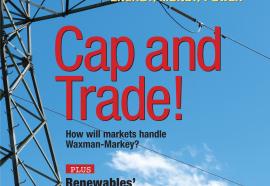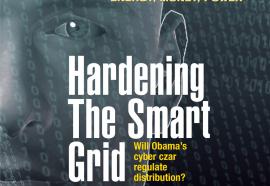PURPA's Changing Climate
California defends its cogen feed-in tariff—complete with its own virtual carbon tax.
California’s new feed-in tariff (FIT) is creating a burgeoning market for green energy investments, but the policy has sparked a fierce battle over state authority to dictate wholesale power transactions. A federal case will determine whether the 1978 Public Utility Regulatory Policies Act pre-empts states from requiring purchases that exceed utilities’ avoided cost.











